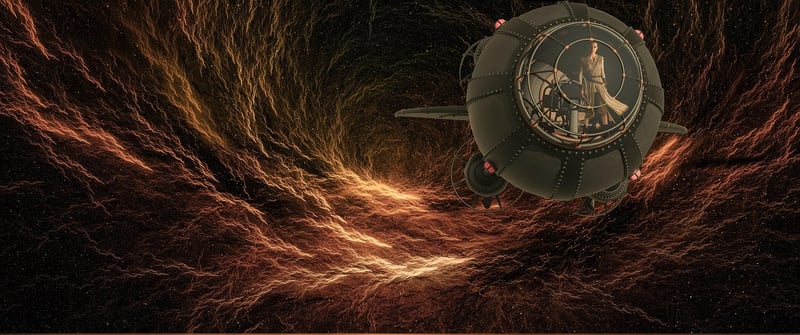Wormhole Theories
Mechanisms for Travel and Wormhole Theories
Introduction to Travel Mechanisms
Traveling has always been a fascinating concept for humans, leading to various theories and mechanisms to explore the vast universe. From conventional modes of transportation to futuristic concepts like wormholes, the quest for faster and more efficient travel continues to evolve.
Conventional Modes of Travel
Throughout history, humans have relied on conventional modes of travel such as walking, sailing, and flying to traverse the Earth and beyond. These methods, although effective, have limitations in terms of speed and distance.
1. Land Travel
- Walking
- Cycling
- Automobiles
- Trains
2. Water Travel
- Boats
- Ships
- Submarines
3. Air Travel
- Airplanes
- Helicopters
- Balloons
Advanced Travel Concepts
As technology advances, so do the theories and mechanisms for travel. One such fascinating concept is the idea of wormholes, which could potentially revolutionize space travel by creating shortcuts through spacetime.
Wormhole Theories
Wormholes, also known as Einstein-Rosen bridges, are hypothetical passages through spacetime that could create shortcuts for long journeys across the universe. While purely theoretical at this stage, the concept of wormholes has captured the imagination of scientists and science fiction enthusiasts alike.
Key Points about Wormholes:
- They are shortcuts through spacetime.
- They connect two separate points in spacetime.
- They are governed by complex physics equations.
- Travel through wormholes may involve exotic matter.
Exploring the Possibilities
While wormholes remain a theoretical concept, ongoing research and scientific exploration continue to push the boundaries of human understanding. Who knows what the future holds for travel mechanisms and the potential discovery of real-life wormholes!

Excited about the future of travel? Stay tuned for more updates on the latest advancements in travel mechanisms and wormhole theories!
